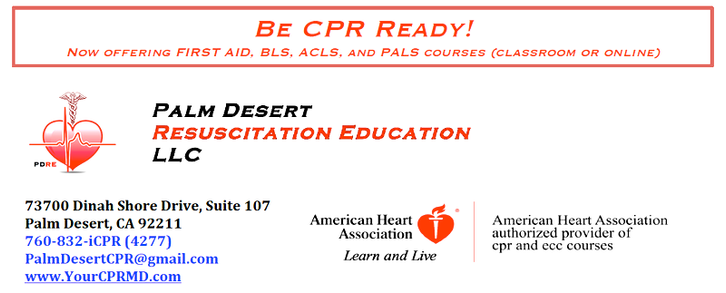CPR (Cardiopulmonary Resuscitation) certification is a type of training program that teaches individuals the basic techniques needed to save the life of someone experiencing a cardiac emergency. The certification is typically obtained through a course that covers the following:
- Basic life support techniques, including CPR and rescue breathing
- Recognizing the signs of a cardiac emergency and taking appropriate action
- Using an automated external defibrillator (AED) to restore normal heart rhythm
- Performing CPR on adults, children, and infants
- Handling choking emergencies
CPR certification courses are offered by a variety of organizations, including the American Heart Association, the American Red Cross, and private training companies. The length of the course can vary, but generally ranges from a few hours to a full day. Upon completion of the course, individuals are typically required to pass a written exam and demonstrate the proper techniques in a practical skills test.

CPR certification is often required for individuals working in certain professions, such as healthcare, emergency response, and childcare. Even if it is not required for your profession, obtaining CPR certification is a valuable skill that can help you save a life in an emergency situation.
BLS certification is required for many healthcare professionals, such as nurses, doctors, and emergency medical personnel. It is also recommended for others who may be in a position to provide basic life support in a medical emergency, such as dentists, pharmacists, and physical therapists. BLS certification is an important skill to have as it can help save the lives of individuals experiencing a cardiac or respiratory emergency.
CPR (Cardiopulmonary Resuscitation) has several benefits, including:
Saving Lives: CPR can help maintain blood flow to vital organs, such as the brain and heart, during cardiac arrest, which can increase the chances of survival until medical help arrives. Early intervention with CPR can significantly increase the chance of survival.
Preventing Brain Damage: When a person’s heart stops beating, the brain is deprived of oxygen, and brain damage can occur within minutes. By performing CPR, blood flow is restored to the brain, which can help prevent brain damage.
Reducing the Risk of Complications: CPR can help reduce the risk of complications, such as organ damage, when a person’s heart has stopped beating.
Empowerment: Learning CPR can give individuals the confidence and skills needed to act quickly and effectively in an emergency situation, potentially saving a life.
Community Health: Widespread knowledge and practice of CPR in a community can help create a safer environment and reduce the overall number of cardiac-related deaths.

Overall, the benefits of CPR cannot be overstated. By providing immediate intervention, CPR can make a significant difference in the outcome of a cardiac emergency and increase the likelihood of survival.
For more updates please visit:- https://www.youtube.com/watch?v=CDlcF1HQgz0
PALM DESERT – Main Office
73700 Dinah Shore Drive, Suite 107,
Palm Desert, CA 92211
1-760-832-iCPR (4277)
PalmDesertCPR@gmail.com
Website:- https://www.yourcprmd.com/cathedral-city-cpr-classes/







Add your Scripsio!
Comments